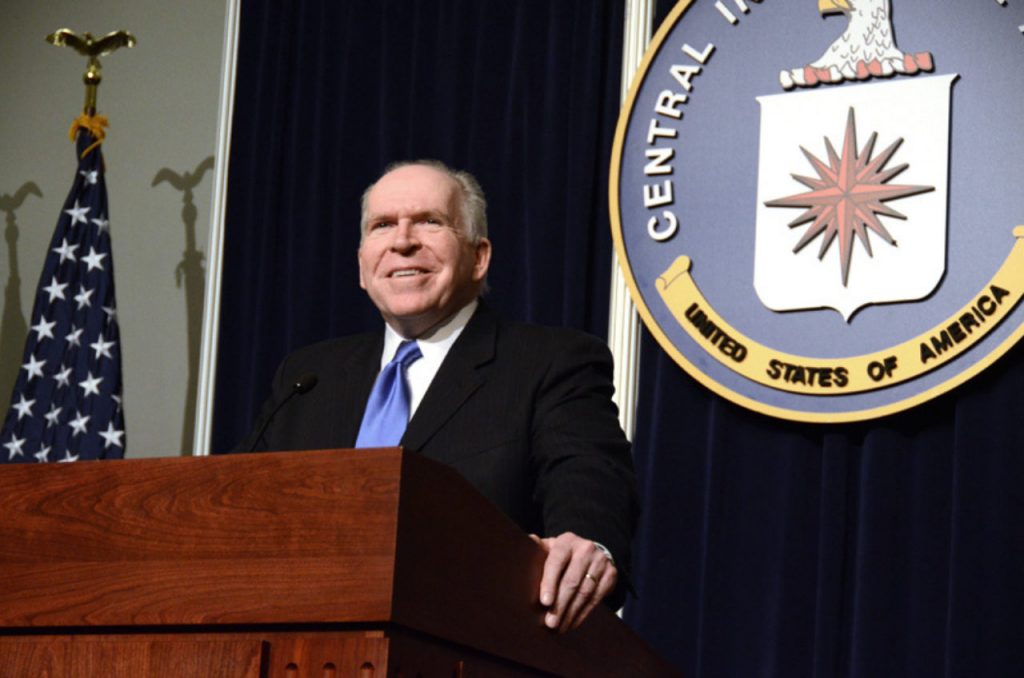
John Brennan, the Director of the CIA since March 2013
Transferring control of the US drone programme away from the CIA could paradoxically result in less accountability, author and investigative journalist Chris Woods told this week’s Drone News.
Since President Barack Obama announced in April that a CIA drone strike on an al Qaeda compound in Pakistan had accidentally killed two Western hostages, calls for the drone programme to be transferred to the Pentagon have been amplified.
Woods said however that former senior US intelligence officials he interviewed for his new book, ‘Sudden Justice’, told him that the CIA was bound by more stringent congressional reporting requirements than the Department of Defense’s Joint Special Operations Command (JSOC), which has its own drone programme. “That was a surprise to me,” said Woods, formerly a reporter at the Bureau.
“What my sources told me was ‘if you think you’ve got it bad now, if this goes to JSOC we may never know anything.’”
The CIA is legally obliged to declare its actions to the Senate and House Intelligence Committees, Woods said, whereas there is no such obligation to the Armed Services Committee, which oversees the military.
During research for his book, he was also surprised how high a proportion of drone strikes have been conducted on conventional battlefields, such as in Afghanistan and Iraq.
He said: “If 80% of drone strikes are happening on the regular battlefield under full military control and the laws of war, which they are, then that really maybe changes the way we think about drones….in terms of the threat they represent towards civilians.”
“One of the conclusions I reached for the book was that drones can – if used properly – significantly reduce the risk to civilians on the battlefield. But there’s got to be the political will there, and time after time where we’ve found problems with civilian deaths in places like Pakistan or Yemen it’s because there hasn’t been the political will to control those deaths.”
When asked by Jack Serle why it was so hard to obtain information about the US’s use of drones in conventional battlegrounds, Woods said it was likely due to different drone programmes being “bundled tightly together”.
He said: “You have special forces drones, CIA drones and regular drones all flown by the regular Air Force and in fact owned by Air Combat Command. What happened over time was that they realised that if they started to allow information about one aspect of the war to come out, the whole thing risked unbundling, so what they’ve actually done is classify all drone operations including on the regular battlefield.”
Follow our drones team Owen Bennett-Jones, Abigail Fielding-Smith and Jack Serle on Twitter.
Sign up for monthly updates from the Bureau’s Covert War project, subscribe to our podcast Drone News, and follow Drone Reads on Twitter to see what our team is reading.